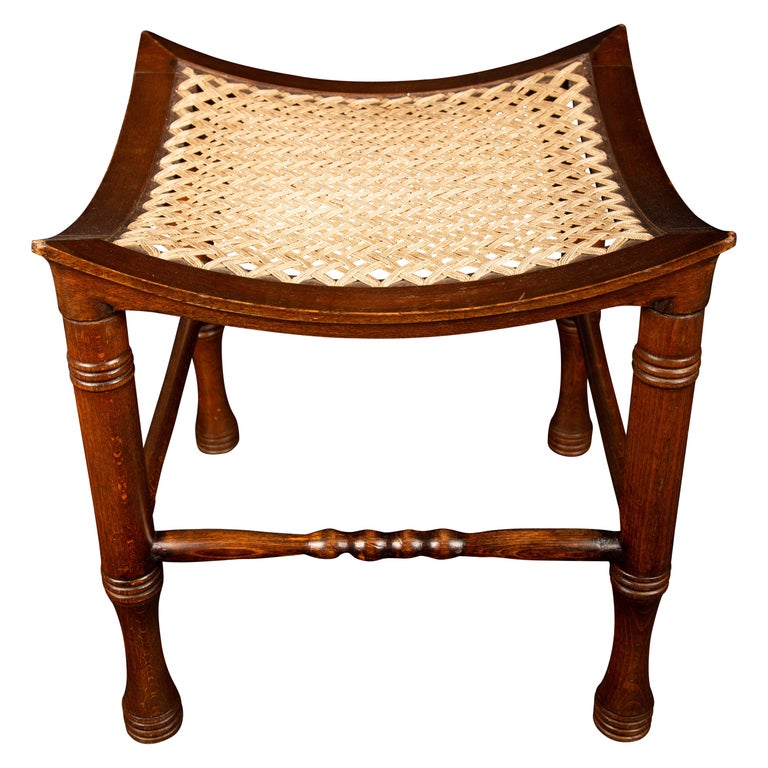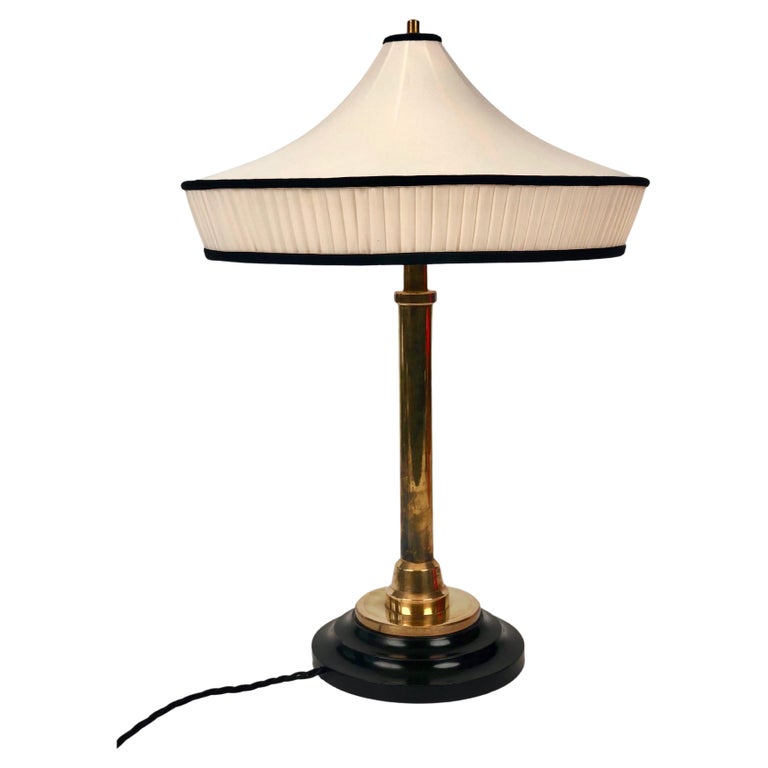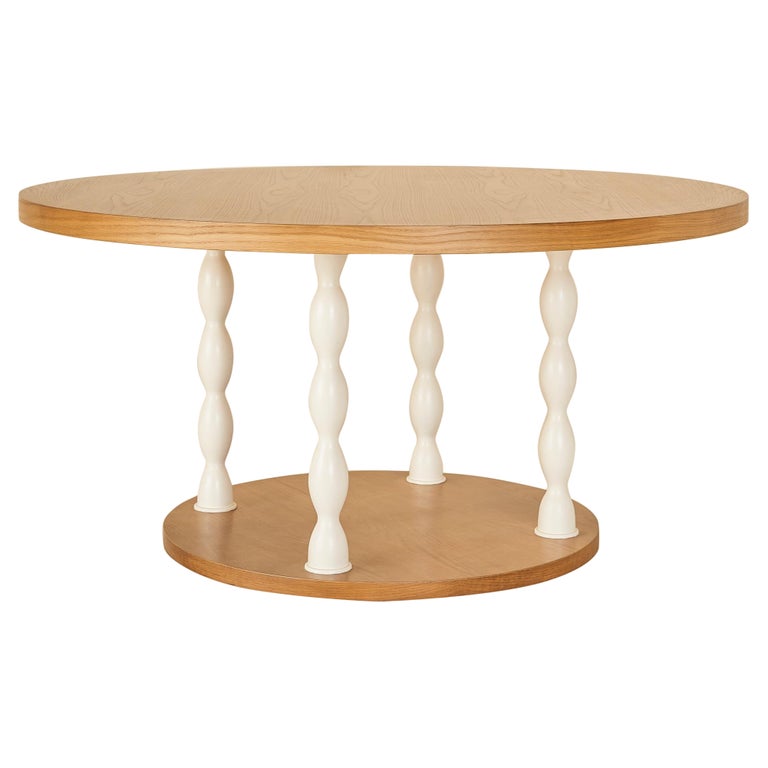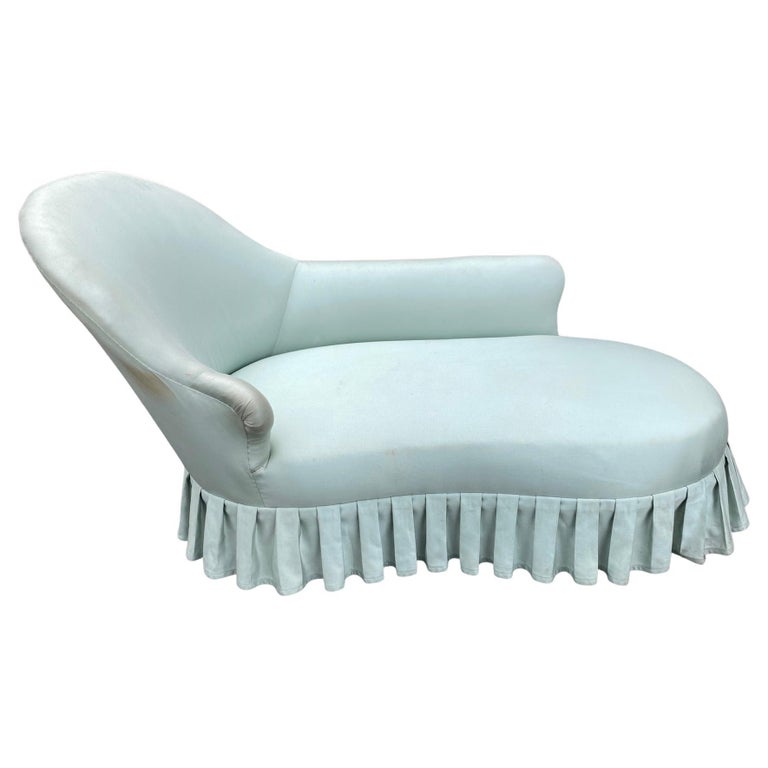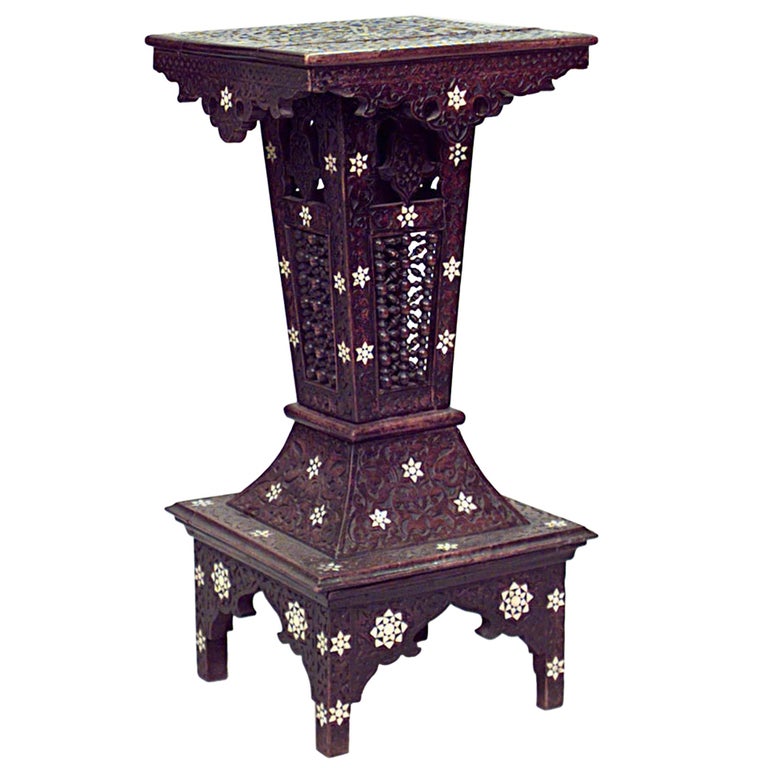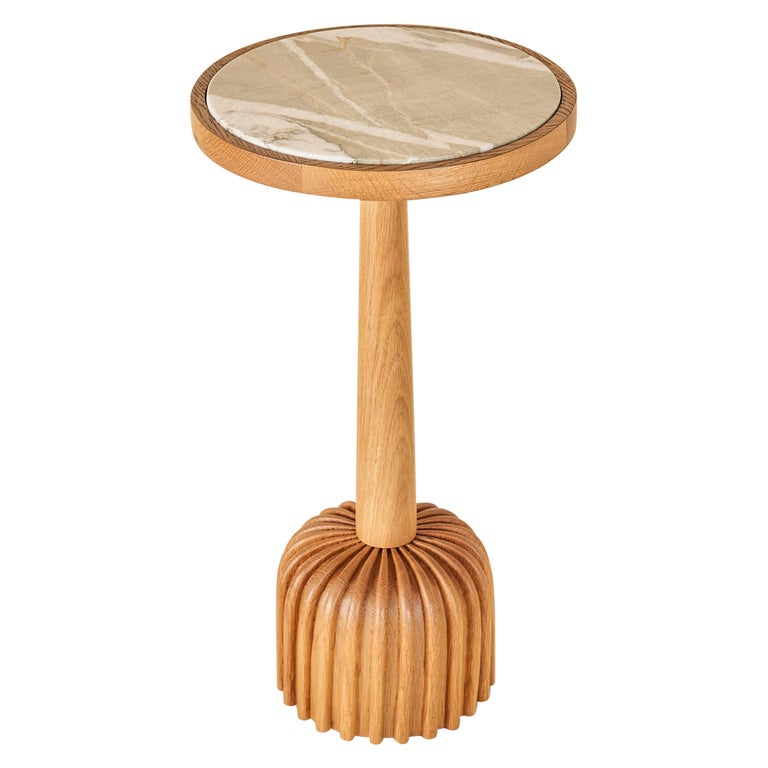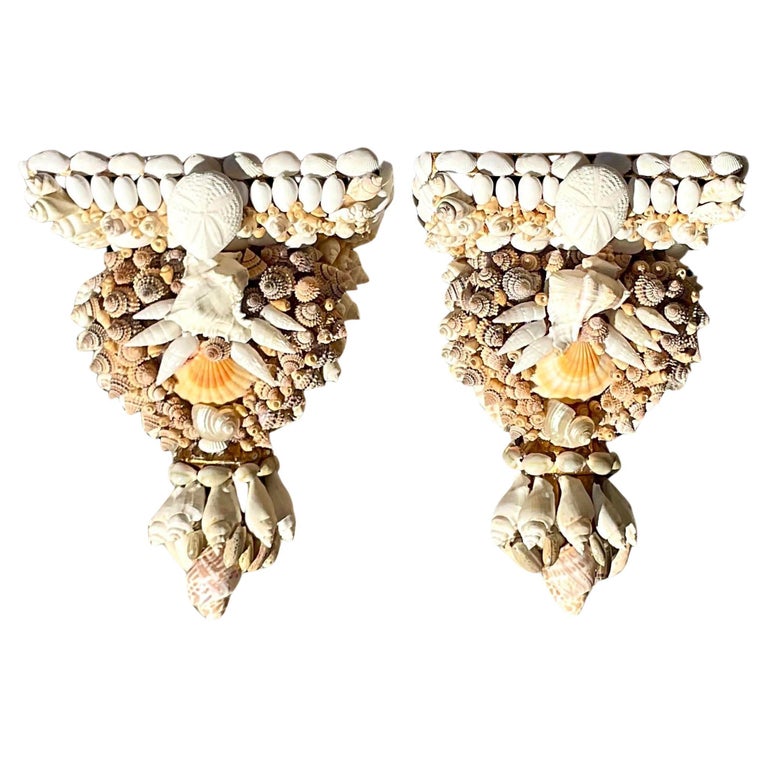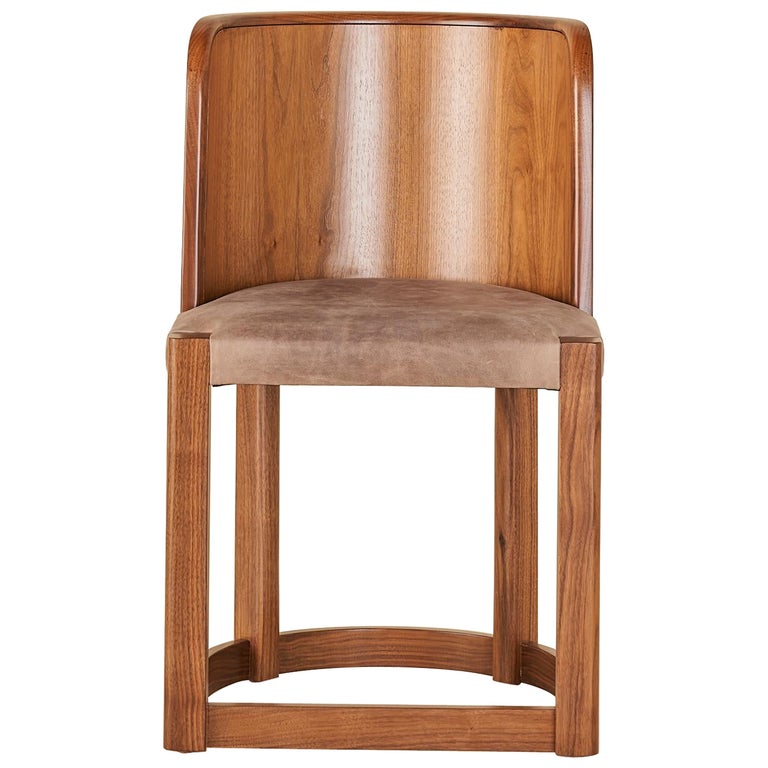September 8, 2024What is the place of tradition in an age of disruption? It’s a question very much at the heart of the great social divide in the U.S. today. Can the customs and conventions of an agrarian past be accommodated in a post-digital world? And if so, how?
A resolution to that charged dialectic is not to be discovered here. But in the domain of decorating, the interior designer Kate Driver artfully synthesizes antique and vintage furnishings with contemporary design and art to shape tony spaces that speak convincingly of the promise of a fresh, jaunty and inclusive American style that is ever so sophisticated. It’s a freedom-loving approach to decor that’s as much an expression of Driver’s being as of our own ever-evolving national character.

A child of Atlanta, a city as forward-looking as it is tradition-bound, Driver has rooted herself in Los Angeles, a metropolis where anything goes. Her studio’s name, West Haddon Hall, an admiring nod to a friend’s family estate in England, reflects her passionate commitment to bridging the breach between past and present, formal and freewheeling, by creating newfangled multigenerational spaces. Explaining the studio’s name, she tells me, “I wanted to reference the type of home that’s bigger than its inhabitants.”
The family seat where Driver grew up was built only in 1990 but is, nevertheless, imbued with history. Great admirers of old, storied houses, her parents chose to construct a neoclassical brick dwelling based on Thomas Jefferson’s initial, unrealized plans for Monticello. (The Founding Father dispensed with them, according to Driver, because they were “too casual.”)


Her Southern-born parents originally furnished the rooms with antiques and heirlooms, including a handsome trumeau mirror and a stunning late-18th-century inlaid English secretary with hutch. But over the years, their only child watched the spaces charmingly accrete more eclectic pieces brought back from the family’s wide-ranging travels to Paris and Rome, Marrakech and Mexico City.
“There’s a creativity that flows through my family,” says Driver. “My grandmother was a painter, and so is my mother. And she’s a real collector. Not in a highbrow sort of sense, but she likes to gather things that she loves. I’ve been alongside her doing that, and I think I took on that process in my interior design work.”

Despite that influence, when Driver went off to college, at Nashville’s Vanderbilt University, she had yet to determine what her career path might be. As pragmatic as she is artistic, she majored in business and communications, while also taking English and studio art courses.
Only after graduating, in 2008, and reflecting on the seminal role of her childhood home on the formation of her psyche did she decide on her future profession. “I was looking to have the power to create a space that has a personality and, thus, an influence on your memory and your experience,” she says.
Soon after this epiphany, she enrolled at Parsons School of Design, in New York. Driver credits her training there with teaching her how to think and problem solve. These, she says, are “skills I now use every day at my desk.”

Not long after completing her studies, Driver followed her future husband, another native Atlantan, to Los Angeles. It took her a while to establish her design practice. For a time, she focused on “making things, paintings and sculpture, but not for public consumption,” she explains. “I just had a deep need to create.”
It was clearly a time of deep creative gestation, as she slowly took on design jobs, small at first, while producing three children along the way, two daughters and a son, the eldest of whom is now seven.
During these years, her focus was more on her clients’ needs and fancies than on establishing her own signature style. Still, for her own curiosity, Driver began to explore the work of lesser-known masters of early mid-century-modern design, developing a particular fondness for the rustic yet refined furnishings of Swedish architect Axel Einar Hjorth, as well as the sublime superfluities of French designer Paul Dupré-Lafon.
Their influence can be detected in her first collection of furniture, a 14-piece assortment of wooden tables, chairs, upholstered seating and fine cabinetry, made locally, by LA artisans, which debuted earlier this year under the West Haddon Hall name (and is now available through 1stDibs). Yet the work has a wit and originality that is all Driver’s own.
While putting the final touches on the collection, Driver and her mother began talking about finding places for the designs in her parents’ house. What better way to make the case for a new vision of the multigenerational home than by demonstrating how happily contemporary European-accented furnishings can dwell within a highly traditional Southern setting? Especially in Driver’s familial abode, the aim was not so much a renovation as a revitalization of the interior. She wanted to show that bold choices made from the get-go can still look exciting many decades later, thanks to the welcoming of new decorative voices.
Take the dining room. Another designer might have torn down the elaborate 30-year-old tasseled draperies and replaced them with a simpler, more modern pinch pleat. The rich-hued Persian carpet might also have been dispensed with, and so too the floral-painted cabinet in the corner, which a local artisan had adorned according to the specifications of Driver’s mother.

But these furnishings are adored by Driver’s parents—and their daughter — because they speak of old Southern style, so she kept them. Their ornateness was already balanced by the sleek modern glass table that her father had chosen for the room. Now, his daughter provided another decorative layer with the addition of her Hjorth-inspired barrel-backed Habersham walnut dining chairs and her Arden Oak Credenza with leather panels and cobalt-enamel half-moon feet, a tribute to Dupré-Lafon, making for a space that’s imbued with interest yet still feels spare.
Perhaps the most surprising and intriguing room that Driver refreshed is the library. It’s always been the family’s favorite. When Driver was but a tot, her mother showed her own decorative derring-do by lacquering its walls in the same bold green that adorned those of the Italian restaurant where she and her husband-to-be first went on dates.
It was she who placed the treasured heirloom secretary in the library and purchased the showy floral and leopard-print carpet and the French Directoire armchairs. But it was her daughter who several years ago chose to reupholster the chairs in a Pierre Frey black-and-white stripe. A bold move for such an already extravagant room. Yet it works.

More recently, mother and daughter acquired the vintage Adrien Audoux and Frida Minet bamboo floor lamp by the fireplace while shopping at a Paris flea market. But it was Driver who snapped up the charming rope-covered wood footstools on a separate visit. The recent addition to the library of Driver’s own swanky Elliston Daybed and Ivy Side Table in resin and oak only heightens the lively conversation of cultures and periods.
And Driver’s parents couldn’t be more pleased with the results. Says her mother, “I feel as if the volume has been turned up on my everyday life, as if I am on vacation in my own house.” It’s hard to imagine a better domestic endorsement for a newly democratic approach to design.






